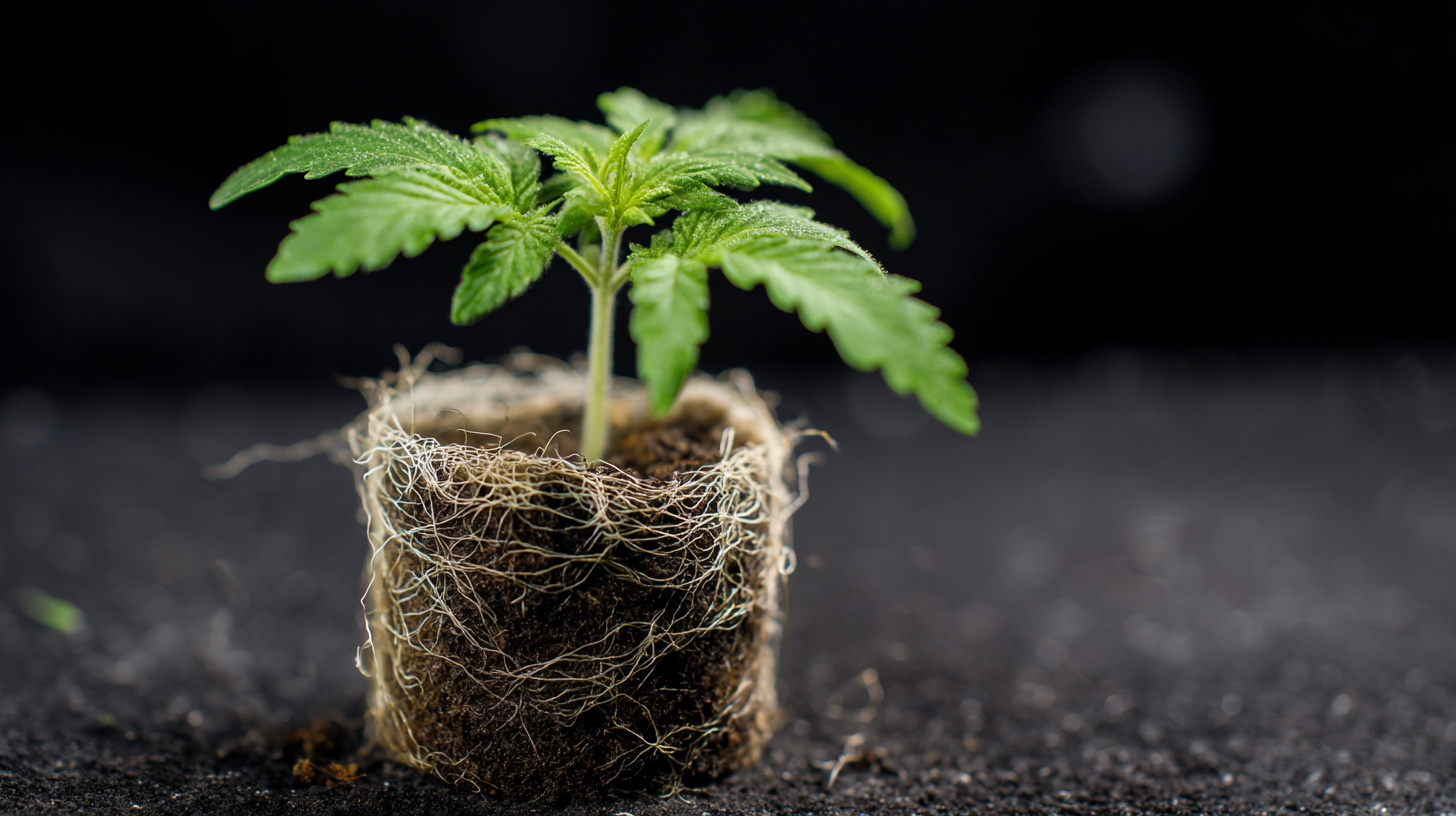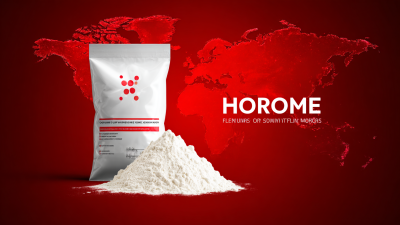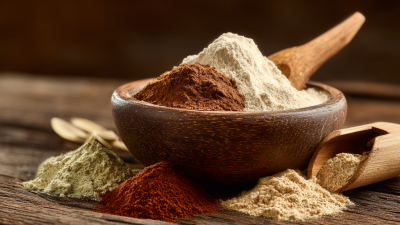Rooting Hormone Powder plays a crucial role in the propagation of plants, significantly enhancing success rates in horticulture and gardening. According to a report by the American Society for Horticultural Science, the use of rooting hormones can improve root development by up to 80%, doubling the likelihood of cutting survival compared to untreated specimens.
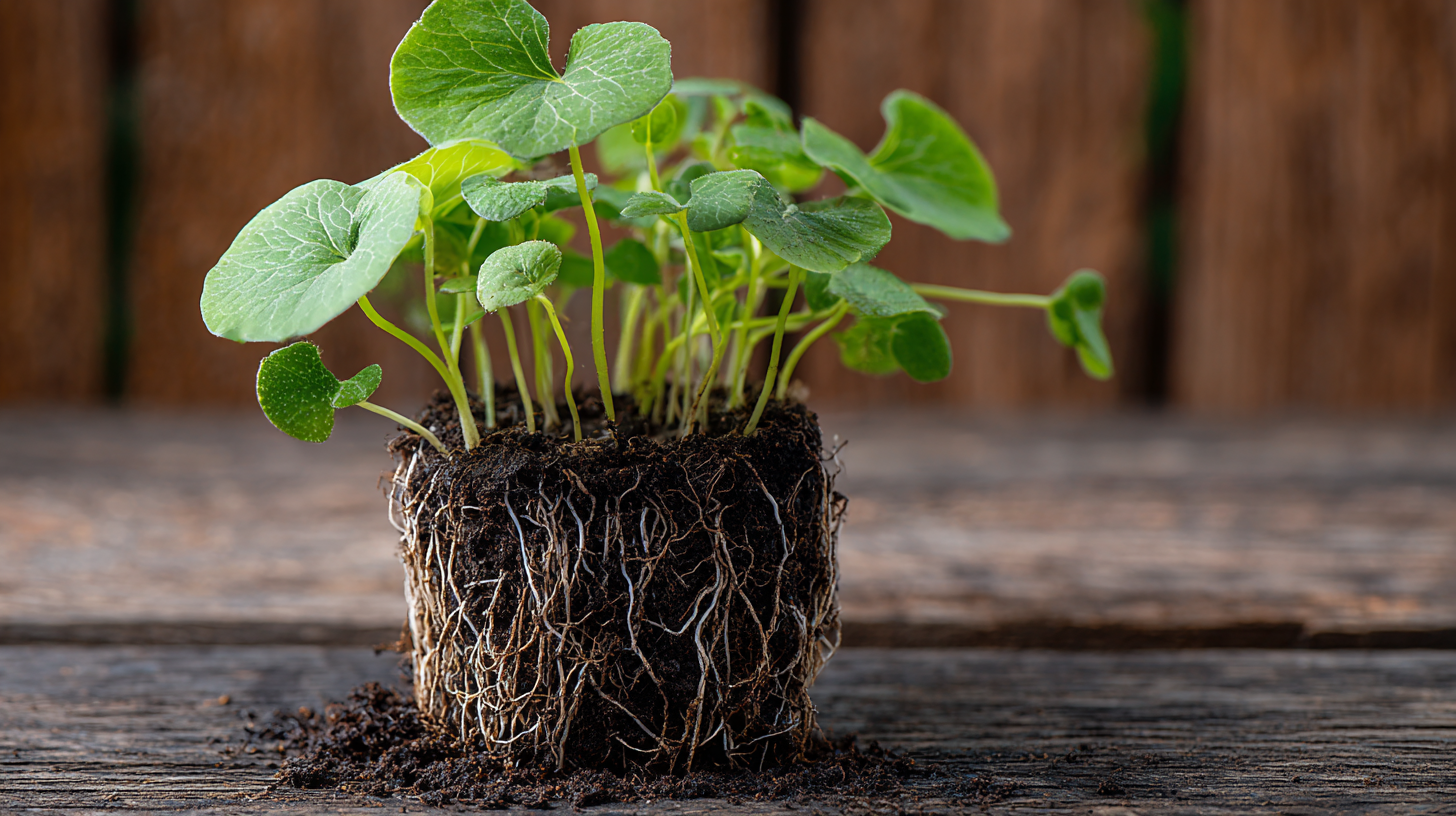 This powerful tool is essential for both amateur gardeners and professional growers, as it not only accelerates the rooting process but also promotes healthier, more vigorous plants. As the global demand for sustainable gardening practices grows, understanding how to effectively utilize Rooting Hormone Powder becomes imperative for maximizing plant growth and ensuring successful propagation techniques. In this comprehensive guide, we will explore practical applications, best practices, and tips for leveraging rooting hormones to their fullest potential.
This powerful tool is essential for both amateur gardeners and professional growers, as it not only accelerates the rooting process but also promotes healthier, more vigorous plants. As the global demand for sustainable gardening practices grows, understanding how to effectively utilize Rooting Hormone Powder becomes imperative for maximizing plant growth and ensuring successful propagation techniques. In this comprehensive guide, we will explore practical applications, best practices, and tips for leveraging rooting hormones to their fullest potential.
Rooting hormone powder is an essential tool for gardeners and horticulturists seeking to enhance plant propagation. This powder typically contains auxins, such as indole-3-butyric acid (IBA) and naphthaleneacetic acid (NAA), which are naturally occurring plant hormones that stimulate root formation. Studies show that using rooting hormones can increase rooting success rates by up to 80% in softwood cuttings compared to untreated plants, making it a crucial component for successful propagation (Journal of Horticultural Science).
The benefits of rooting hormone powder extend beyond just improved rooting success. According to a report by the American Society for Horticultural Science, plants treated with rooting hormones exhibit faster growth rates and increased vigor. This is particularly significant for cuttings taken from more challenging species that have lower natural rooting capabilities. By facilitating rapid root development, rooting hormones allow for quicker establishment in the soil, leading to healthier plants that can better absorb moisture and nutrients, ultimately contributing to greater yields in commercial settings.
When it comes to promoting healthy root development in plants, selecting the right type of rooting hormone is crucial. There are several varieties available, each tailored to specific plant needs and growth conditions. The most common types include auxins, which are generally found in powdered or gel forms and are highly effective for softwood cuttings. These hormones encourage cell elongation and division, stimulating root growth. Additionally, there are synthetic variants that blend well with various growing mediums, making them versatile for both indoor and outdoor gardening.
Another option to consider is the use of rooting gels, which can provide a protective barrier against fungal infections while ensuring that the hormone remains in contact with the cutting. For growers interested in organic gardening, there are natural rooting hormones derived from ingredients like willow bark or honey, which can also promote strong root systems without the use of chemicals. Choosing the right rooting hormone depends largely on the plant type, the method of propagation, and the overall growing environment. By understanding these differences, gardeners can optimize their chances for successful plant growth and ensure robust root formation.
This chart illustrates the average root length achieved using different types of rooting hormones in centimeters. The data indicates that using a rooting powder mix tends to produce the longest roots, highlighting its effectiveness compared to other types of hormones.
Using rooting hormone powder can significantly enhance the chances of successful plant propagation. According to a report from the American Society for Horticultural Science, the application of rooting hormones can improve rooting success rates by up to 75% compared to untreated cuttings. To effectively apply rooting hormone powder, start by selecting a healthy cutting from your desired plant. Ensure that the cutting is approximately 6-8 inches long, has several leaf nodes, and is taken from disease-free stems.
Once you have your cutting, dip the end into the rooting hormone powder, making sure to cover about one inch of the base. Gently tap off any excess powder before placing it into pre-prepared soil or a suitable propagation medium. The hormone works by stimulating root development, so keeping a consistent moisture level in the soil is crucial following application. A reputable study from the Journal of Plant Growth Regulation suggests that maintaining humidity around the newly potted cutting can further promote root growth.
**Tip:** To increase your success rate, use a plastic bag or a humidity dome over your cuttings to maintain a high humidity environment. Also, avoid placing your cuttings in direct sunlight, as this can cause stress and inhibit rooting. Lastly, patience is key; monitor your cuttings regularly and look for signs of new growth, which typically indicates successful rooting.
| Step | Action | Details | Tips |
|---|---|---|---|
| 1 | Select Cuttings | Choose healthy, disease-free stems | Use a sharp, clean tool for cutting |
| 2 | Prepare Hormone | Pour the rooting hormone into a bowl | Use a small amount to avoid waste |
| 3 | Dip Cuttings | Dip the cut end into the hormone | Shake off excess powder gently |
| 4 | Plant the Cuttings | Insert cuttings into moist soil | Ensure the hormone-coated end is buried |
| 5 | Water the Cuttings | Mist the soil lightly to keep it damp | Avoid overwatering to prevent rot |
| 6 | Provide Proper Conditions | Keep in a warm, humid environment | Use a plastic bag or mini greenhouse |
| 7 | Monitor Growth | Check for root development after a few weeks | Be patient; rooting can take time |
Root development is crucial for maximizing plant growth and health, and utilizing rooting hormone powder can be an effective tool. Different plant species have distinct requirements for root establishment, which means that tailored techniques can enhance their success.
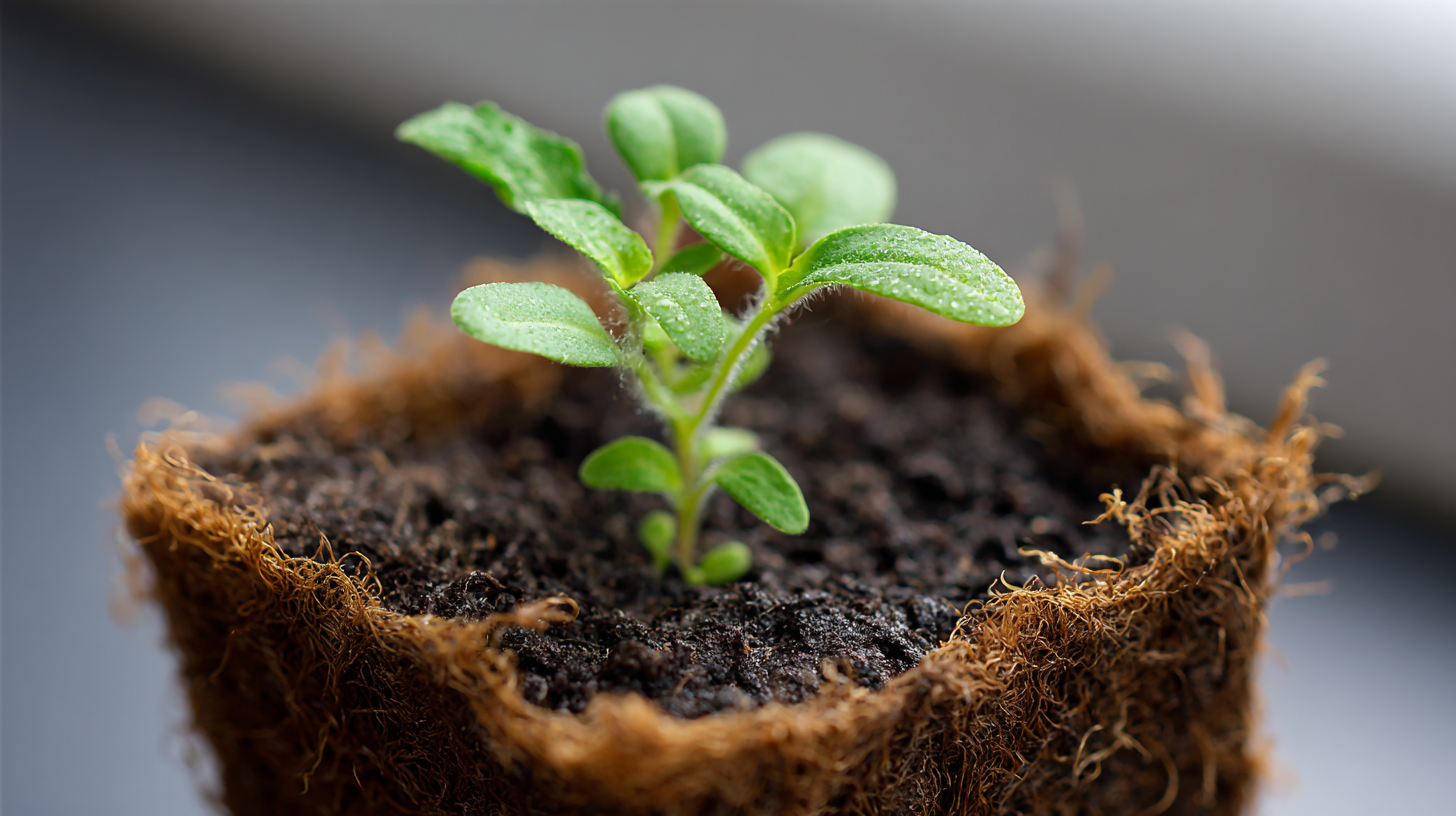 For instance, when working with medicinal plants like Ophiopogon japonicus, it’s essential to consider both yield and quality. This species thrives when given the right conditions for root development, including adequate moisture levels and organic matter in the soil. Furthermore, incorporating practices like mulching can help maintain soil temperature and moisture, facilitating better growth.
For instance, when working with medicinal plants like Ophiopogon japonicus, it’s essential to consider both yield and quality. This species thrives when given the right conditions for root development, including adequate moisture levels and organic matter in the soil. Furthermore, incorporating practices like mulching can help maintain soil temperature and moisture, facilitating better growth.
Additionally, recent studies highlight the importance of specific genetic traits in crops, such as corn, which utilize specialized pathways to enhance water-seeking abilities. To maximize root growth effectively, gardeners should observe the water needs of their plants and adjust their care accordingly. Employing planting techniques like trenching or mound planting can also encourage robust root systems. Overall, understanding the unique needs of each plant species is key to effective rooting hormone application and achieving maximum growth.
When using rooting hormone powder to propagate plants, avoiding common mistakes can significantly impact your success rate. One frequent error is applying too much powder. While it's tempting to coat cuttings heavily, an excess can lead to harmful results. Instead, lightly dust the base of your cuttings, ensuring a thin, even layer that will help stimulate root growth without overwhelming the plant.
Another mistake to be wary of is failing to prepare cuttings properly. Cuttings should be taken from healthy parent plants and trimmed at a 45-degree angle to maximize surface area for hormone absorption. Additionally, removing excess leaves can reduce moisture loss, which is critical in maintaining cutting health during the rooting process. Lastly, not providing adequate environmental conditions—such as humidity and warmth—can hinder rooting success. Using a propagation dome or a plastic bag can help create a conducive microenvironment that encourages root development. By steering clear of these pitfalls, you can enhance the effectiveness of rooting hormone powder and promote robust plant growth.
